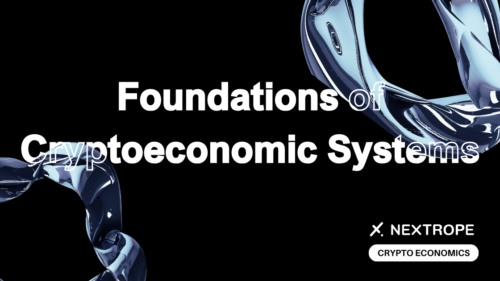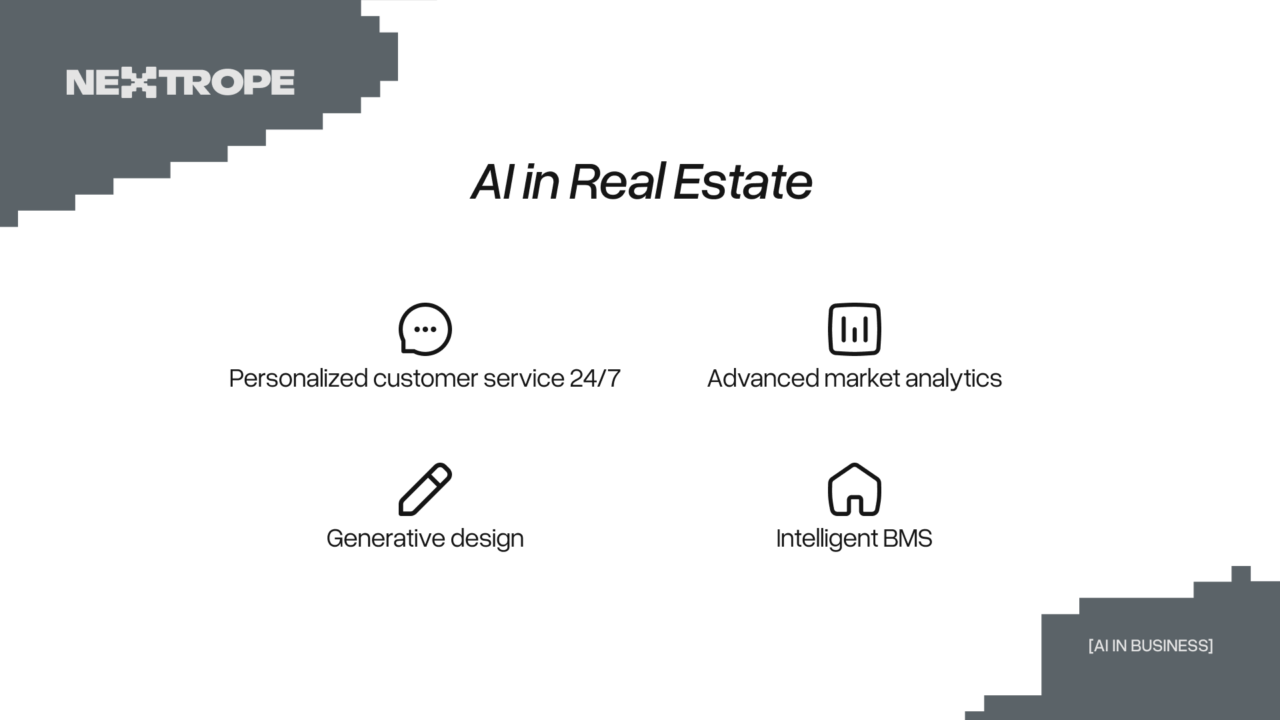The significance of cryptoeconomic systems extends beyond the mere functioning of cryptocurrencies like Bitcoin or Ethereum. These systems underpin the entire blockchain technology, enabling not just financial transactions but also the creation and execution of smart contracts, the development of decentralized applications (DApps), and the realization of complex governance models. By ensuring the integrity, security, and continuity of decentralized networks, cryptoeconomics not only challenges traditional financial systems but also paves the way for a new era of digital economy.
Understanding Cryptoeconomic Systems
What Are Cryptoeconomic Systems?
Cryptoeconomic systems blend cryptographic security with economic incentives to sustain decentralized networks. These systems enable secure, decentralized transactions and operations without central oversight. They achieve this by leveraging cryptography for security and economic principles to align participant incentives.
The Intersection of Cryptography and Economics
- Cryptography in cryptoeconomic systems secures transactions and data. It involves digital signatures for identity verification and hash functions for ledger integrity, ensuring that transactions are both authentic and immutable. This security mechanism is vital for preventing fraud and maintaining trust among participants in a decentralized environment.
- Economic incentives play a crucial role in motivating participants to maintain and secure the network. Tokens or cryptocurrencies are awarded for validating transactions or contributing resources, aligning participant actions with the network's health. This incentive structure is designed to encourage honest participation, securing the network against attacks and ensuring its longevity.
Together, cryptography and economic incentives create a self-sustaining system where security and participant cooperation are intrinsic. This synergy not only eliminates the need for central intermediaries but also introduces a more resilient and transparent way of conducting transactions.
Complexity of Cryptoeconomic Systems
There are however challenges in designing and managing decentralized systems. While these systems are engineered to incentivize positive contributions, their complexity can lead to unpredictable outcomes. Such property is called emergence.
Navigating Complexity
To mitigate the risks associated with complexity and emergence, developers and participants in blockchain systems must employ rigorous testing, continuous monitoring, and adaptive governance mechanisms. This includes:
The Design Principles of Cryptoeconomic Systems
Cryptoeconomic systems are distinguished by their reliance on principles that combine cryptographic security with economic incentives, directing the behavior of decentralized networks. This section examines the role of reversed game theory and decentralization, with a focus on how emergence and feedback mechanisms influence the design and functionality of these systems.
Reversed Game Theory in Cryptoeconomic Systems
Reversed game theory is pivotal in constructing cryptoeconomic systems, emphasizing the creation of mechanisms that guide participant behavior towards desired network outcomes. This approach contrasts with traditional game theory by prioritizing the design of rules and incentives to induce cooperative and honest behaviors, rather than merely predicting outcomes based on existing strategies.
Consensus algorithms like Proof of Work (PoW) and Proof of Stake (PoS) are practical applications of reversed game theory. They align individual incentives with the collective goal of network security. There are many more consensus protocols, with different trade-offs, so when designing a blockchain its good to examine pros and cons of each one.
Emergence and Feedback Loops
The complex interactions within cryptoeconomic systems can lead to emergent behavior, where collective outcomes arise that are not directly predictable from individual actions.
Well-designed Feedback loops are critical in this context, as they allow the system to adjust to emergent behaviors, enhancing resilience.
For instance, automatic difficulty adjustments in mining algorithms respond to changes in network participation. This maintains consistent block creation times despite fluctuating levels of computational power
Testing
While designing a cryptoeconomic system, creators make a set of assumptions on how rational participants will act in different situations. Based on these assumptions, they identify possible risks, and implement safeguard mechanisms. Even though this fosters network’s resilience, it’s often not enough. Reason is that developers can foresee only a certain number of interactions, and emergent behaviors may still disrupt the system. Luckily there are more reliable testing options. Studies have shown that probabilistic methods can be used with good success to detect unexpected risks.
Decentralization: Trade-offs and Benefits
Decentralization distributes network control across multiple participants, reducing reliance on central authorities and increasing system robustness. This principle significantly influences the design and operation of blockchain systems. It introduces many structural benefits and challenges, coming from the lack of central power.
Benefits:
Trade-offs:
Design of cryptoeconomic systems is deeply influenced by game theory and the principles of decentralization, with special consideration given to the roles of emergence. These elements collectively ensure that systems are secure, transparent, and adaptable, capable of responding to unexpected behaviors and evolving network requirements. Addressing the inherent trade-offs in these designs is crucial for the continued development and success.
Conclusion
The exploration of cryptoeconomic systems reveals a fascinating intersection between cryptography, and economy, creating a framework for decentralized networks. Consensus protocols are result of interedisciplinary research, and they allow cryptoeconomic systems to achieve their core functionality. This functionality is to store and process transactions in secure, and censorship-resistant fashion. They also enable the development of custom decentralized applications. Cryptoeconomic systems come with both benefits and challenges, so it's best to tailor technology that's used to individual's needs.
If you're looking to design or test a blockchain-based system, please reach out to contact@nextrope.com. Our team is ready to help you create a system that aligns with your project's long-term growth and market resilience.
FAQ
In simple words - what are cryptoeconomic systems?
- They are protocols combining cryptography and economic incentives to secure decentralized networks.
Are there challenges associated with the complexity of these systems?
- Yes, complexity necessitates testing and adaptive governance for stability.
What future developments can be expected in the field?
- Currently, research focuses on improving scalability, without the loss of decentralization.
 en
en  pl
pl 











